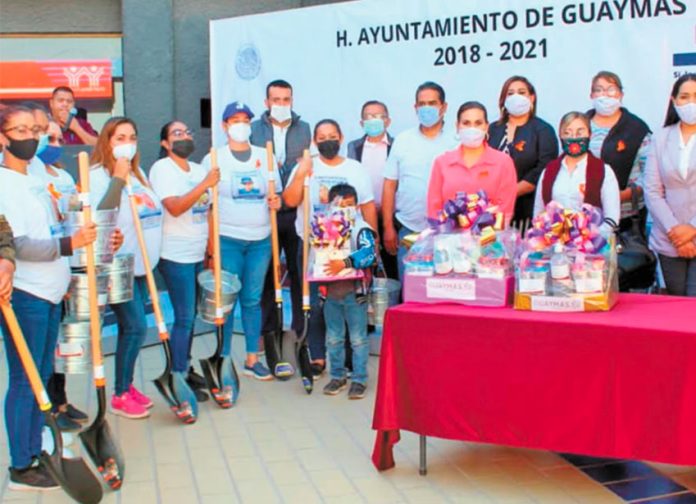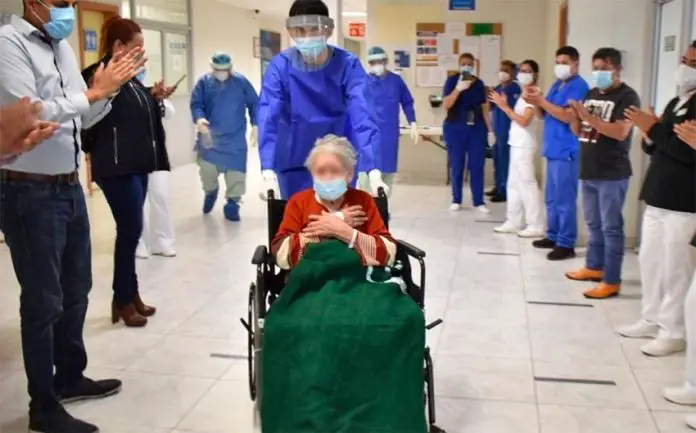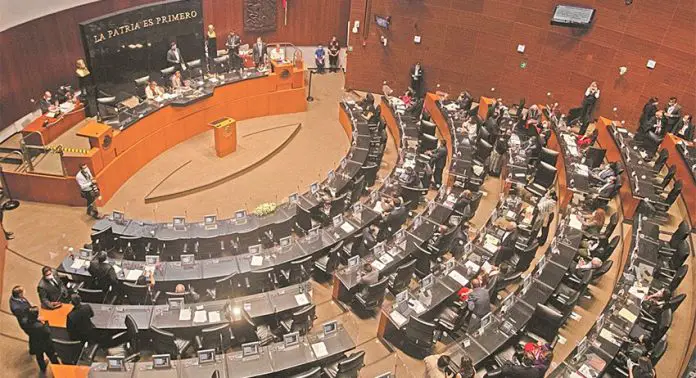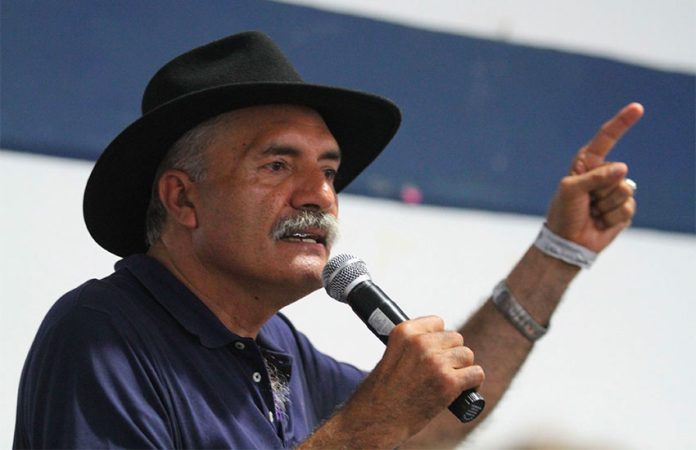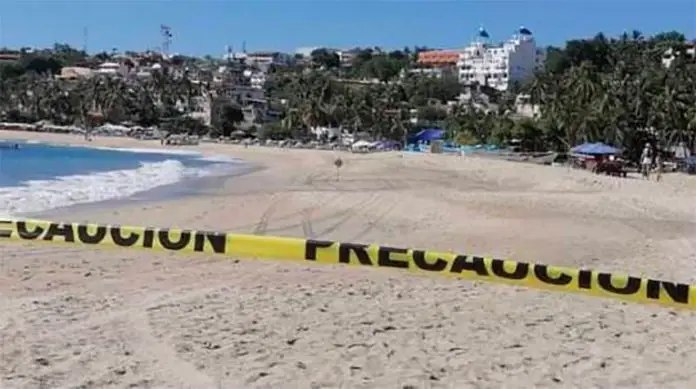The mayor of Guaymas, Sonora, is under criticism after presenting mothers of missing persons with shovels and buckets to help them dig up clandestine graves.
In a ceremony on Wednesday meant to honor the International Day to Eliminate Violence Against Women, Mayor Sara Valle Dessens gave the Women Warrior Searchers group shovels, buckets and gift baskets containing face masks, latex gloves, antibacterial gel and bottled water.
Members of the Guaymas municipal council publicized the event on social media, where commenters from all over Mexico were soon posting derogatory comments toward the mayor and the council, expressing outrage at what they said was the ceremony’s insensitivity.
“What little empathy you have,” said one commenter on Facebook. “May these shovels never be used to look for one of your own relatives.”
“On the International Day to Eliminate Violence Against Women, we give them buckets for digging up bodies,” said another commenter. “How sinister.”
“Today we have a Fourth Transformation that is geared toward addressing the emotional first,” the Morena party mayor said during the ceremony. “Many years of injustice have brought us violence of all types, but now we want to eliminate them.”
The gift also drew criticism on Twitter from Sonora’s National Action Party president.
“The insensitive and indolent [politicians] of the Fourth Transformation think that their failings can be compensated for with public money,” Ernesto Mauro said. “To those who lost a loved one due to the administration’s ineffectualness, they are giving a shovel so that they can go find them themselves.”
According to government numbers, more than 4,000 clandestine graves have been found throughout Mexico since 2006, including 143 in Sonora, although groups like the Women Warrior Searchers and The Searchers of Obregón believe that the real number is much higher.
There are 73,000 missing persons in Mexico, according to government data released in July.
Sources: El Universal (sp), Reforma (sp)
